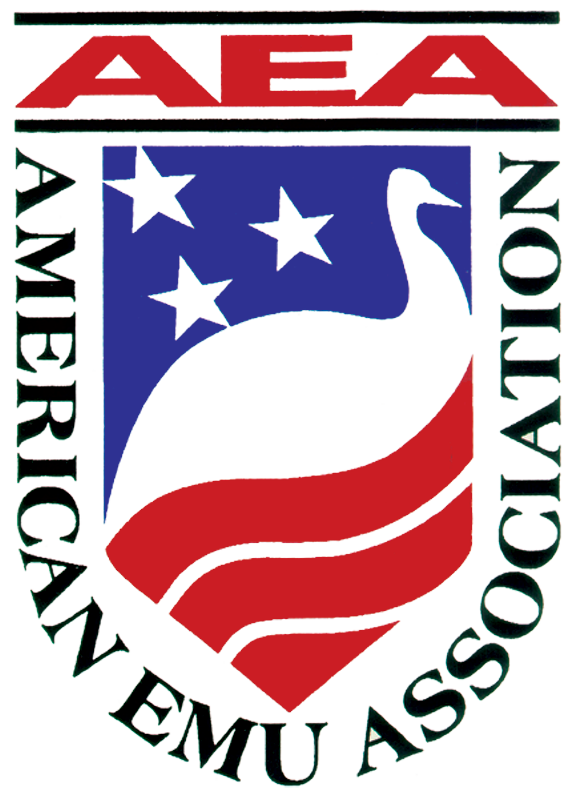Cardiovascular changes in the exercising emu.
Cardiovascular variables were studied as a function of oxygen consumption in the emu, a large, flightless ratite bird well suited to treadmill exercise. At the highest level of exercise, the birds’ rate of oxygen consumption (VO2) was approximately 11.4 times the resting level (4.2 ml kg-1 min-1). Cardiac output was linearly related to VO2, increasing 9.5 ml for each 1 ml increase in oxygen consumption. The increase in cardiac output is similar to that in other birds, but appears to be larger than in mammals. The venous oxygen content dropped during exercise, thus increasing the arteriovenous oxygen content difference. At the highest levels of exercise, heart rate showed a 3.9-fold increase over the resting rate (45.8 beats min-1). The mean resting specific stroke volume was 1.5 ml per kg body mass, which is larger than shown by most mammals. However, birds have larger hearts relative to body mass than do mammals, and stroke volume expressed per gram of heart (0.18 ml g-1) is similar to that for mammals. Stroke volume showed a 1.8-fold increase as a result of exercise in the emus, but a change in heart rate plays a greater role in increasing cardiac output during exercise.
J Exp Biol. 1983 May;104:193-201.

Founded in 1989, The American Emu Association is a non-profit trade association representing breeders, producers and marketers of emu meat, oil and other emu co-products. The emu industry is an alternative agricultural industry, dominated by the small farmer, who is devoted to humane and environmentally positive practices that will produce beneficial products for society. For more information about the American Emu Association (AEA) or the emu industry visit http://aea-emu.org